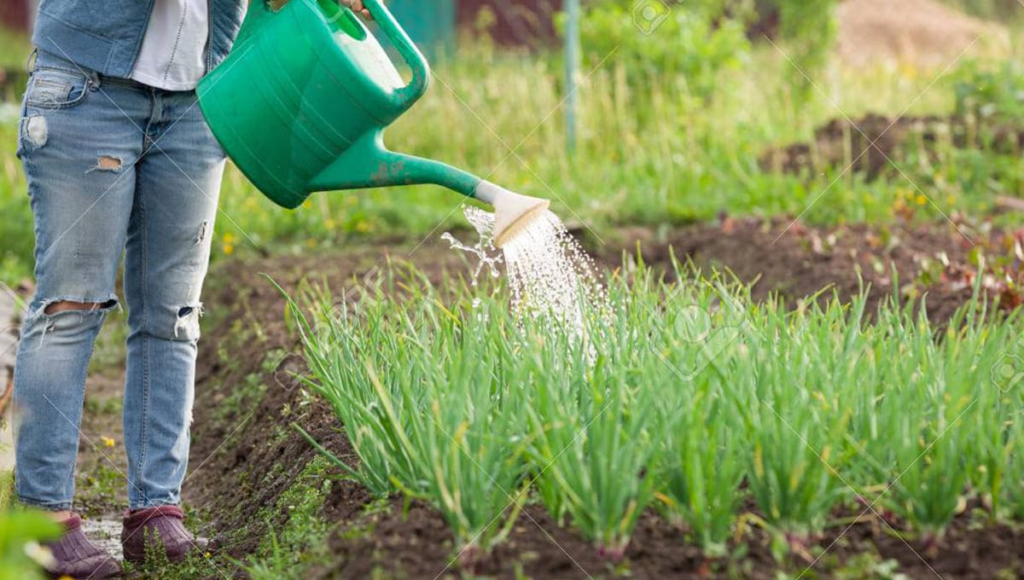Different ways of taking Food
different ways of taking food by Delta publications
Key Notes :
Definition of Feeding

- All living organisms need food for energy, growth, and repair. Different organisms have developed unique methods to obtain and consume food.
Feeding in Animals
- Herbivores: Animals that feed on plants. Examples: Cows, deer, and elephants.

- Carnivores: Animals that feed on other animals. Examples: Lions, tigers, and eagles.

- Omnivores: Animals that feed on both plants and animals. Examples: Humans, bears, and crows.

Modes of Feeding in Animals
- Filter Feeding: Some aquatic animals filter small food particles from water (e.g., whales, sponges).
- Suction Feeding: Animals like mosquitoes and leeches suck fluids, like blood or nectar, from their hosts.
- Swallowing: Animals like snakes swallow their prey whole.
- Chewing and Grinding: Mammals like cows chew their food thoroughly using teeth.
- Engulfing: Some organisms, like amoebas, engulf food using pseudopodia.
Feeding in Plants

- Plants prepare their food through photosynthesis, using sunlight, water, and carbon dioxide.
- Some plants are parasitic (e.g., cuscuta) or insectivorous (e.g., pitcher plants, Venus flytraps).
Feeding in Microorganisms
- Saprophytic Nutrition: Fungi like bread molds feed on dead and decaying matter.
- Parasitic Nutrition: Organisms like tapeworms depend on a host for food.
- Holozoic Nutrition: Protozoa like amoebas engulf food particles.
Special Adaptations for Feeding
- Animals have developed specific structures for their feeding habits:
- Beaks in birds (e.g., pelican’s pouch for catching fish).
- Teeth in carnivores (sharp canines for tearing flesh) and herbivores (flat molars for grinding plants).
- Long tongues in nectar-feeding animals like butterflies.
Feeding in Humans

- Humans use hands and tools to consume a wide variety of foods.
- The digestive system processes food, breaking it into nutrients required by the body.
Importance of Different Feeding Mechanisms
- Ensures survival of species in diverse ecosystems.
- Maintains ecological balance by controlling populations of prey and producers.
Let’s practice!

